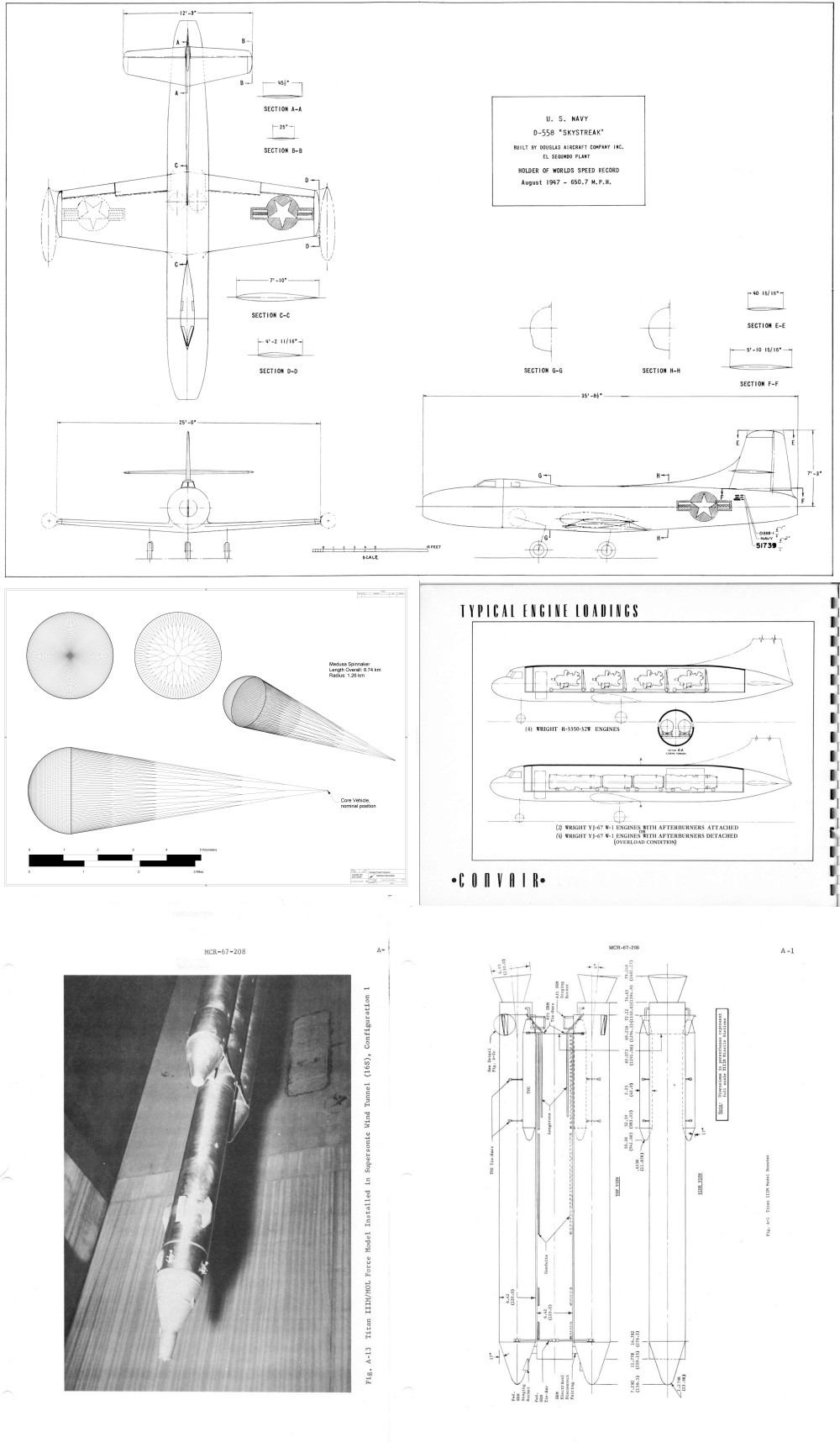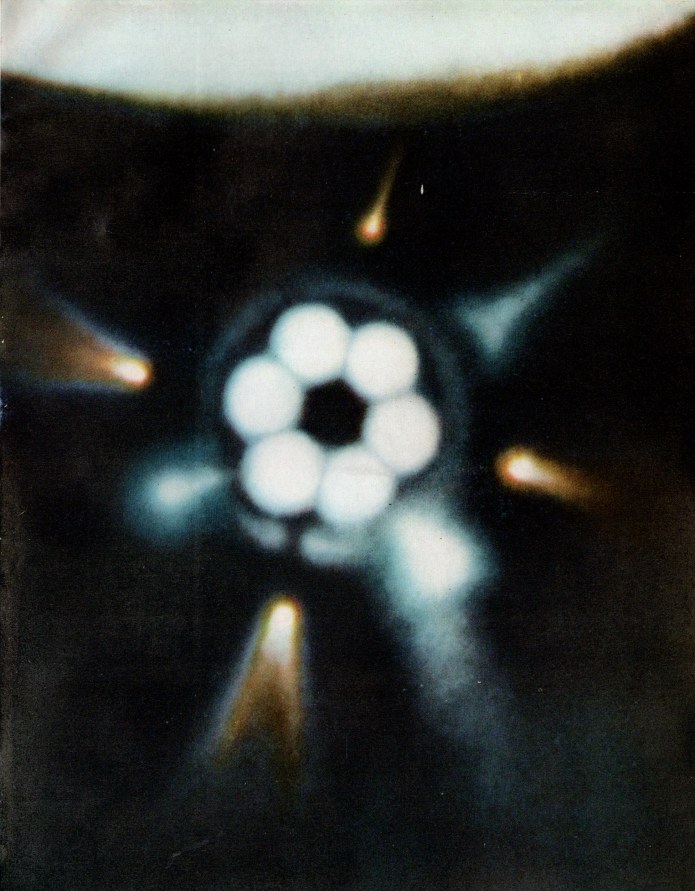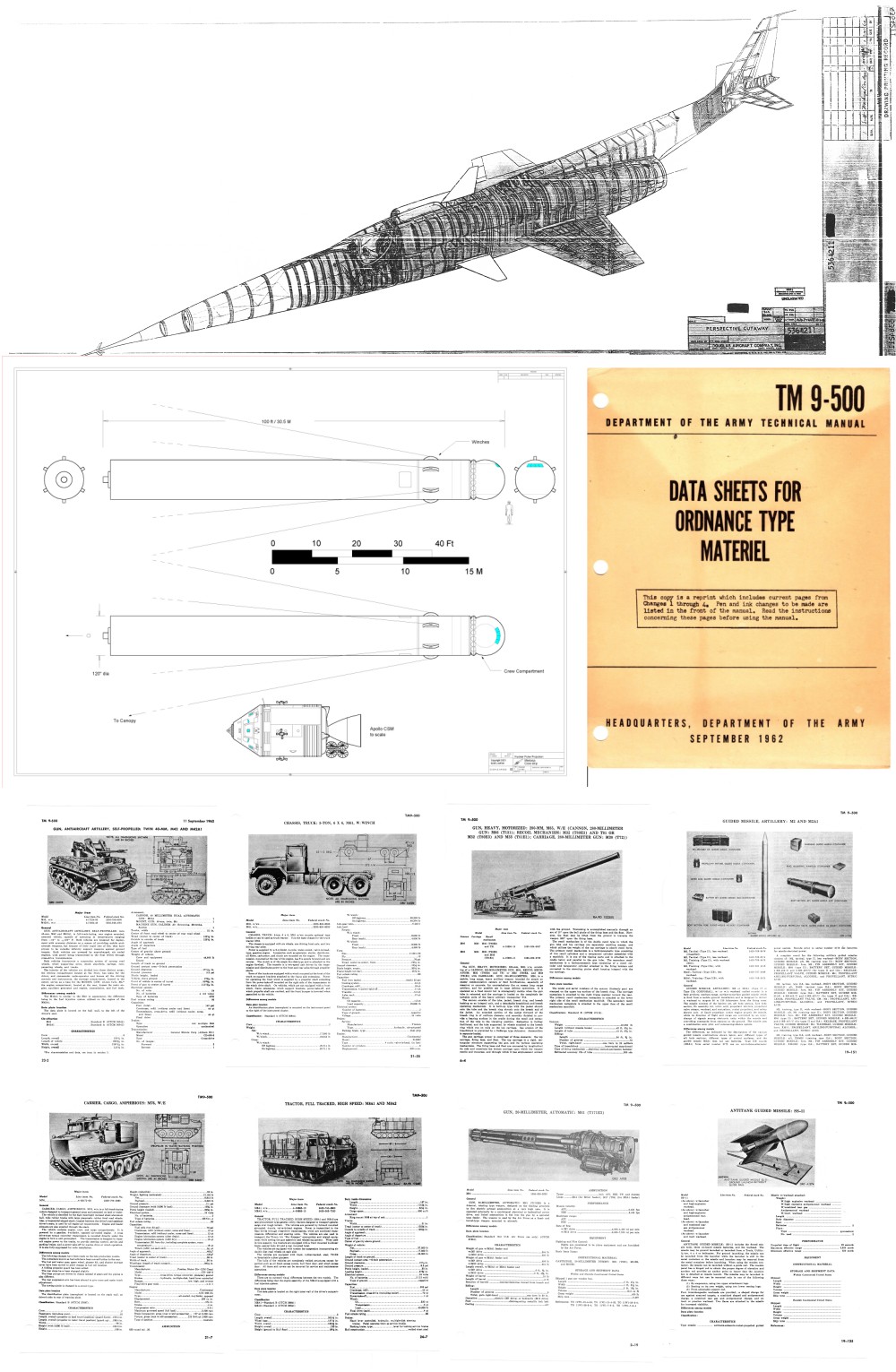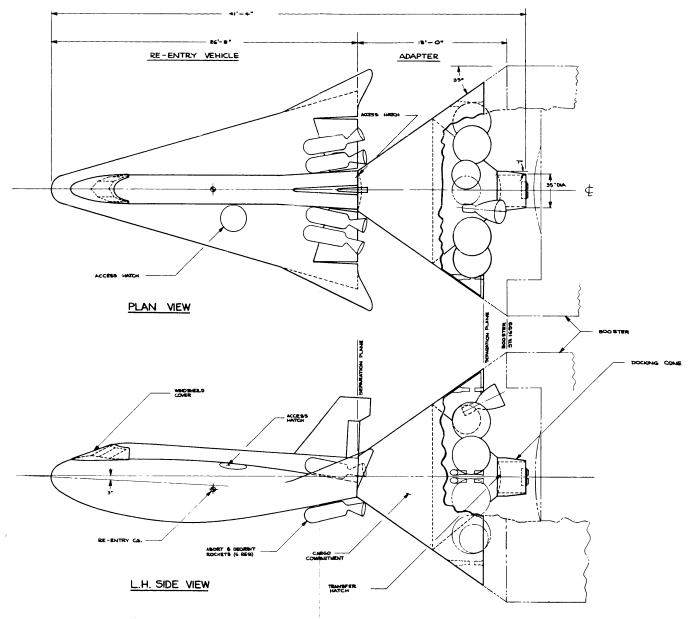Short summary of Fractional Orbital Bombardment System:
Your typical ICBM lobs its payload onto a ballistic trajectory, an elliptical orbit that intersects Earth at two points: launch and target. FOBS, on the other hand, puts the warhead into a circular orbit like a conventional satellite. Typically a *low* orbit, but a circular orbit nonetheless. This is harder than an ICBM lob, but there are a few advantages. The biggest advantage is that, being in a low circular orbit, the warhead is below radar detection until it is almost on top of the target. At which point it fires a de-orbit motor and drops out of the sky with very little warning.
The reason why it’s called a “fractional” orbit is that it is generally assumed that it won’t complete a full orbit, but will de-orbit the first time it passes over the enemy. But that does not need to be the case; it could stay in orbit for some time, pretending to be, say, a weather, communications or spy satellite. Additionally, a FOBS system could theoretically launch in *any* direction; instead of Russian or Chinese ICBMs launching over the Pacific or Arctic to reach US targets, they could be launched south, pass over Antarctica and come at the US from Mexico or the Gulf where we have relatively little in the way of either early detection systems or missile defenses.
A disadvantage of FOBS is that the warhead, typically, must be aimed more or less directly at the target, as there is little cross-range to play with. Thus only a few orbits will pass close enough to the target; most orbits will be many hundreds or thousands of miles too far away. But by using a hypersonic glider as the warhead, cross-range is increased. So now something that looks like a mundane satellite launch that will pass nowhere near a US target will now sprout wings and fly right down Main Street.
The US and Russians have a treaty banning FOBS; the 1967 Outer Space treaty explicitly forbids the deployment of weapons of mass destruction in space, which is exactly what FOBS does. The Chinese are on board with the OST, but hey, look, they don’t care. Shocker.

Glad we have a crack team of stalwart patriots and geniuses in the White House to deal with this.





